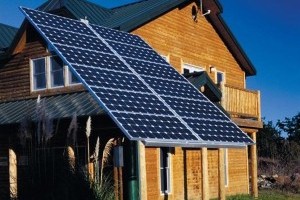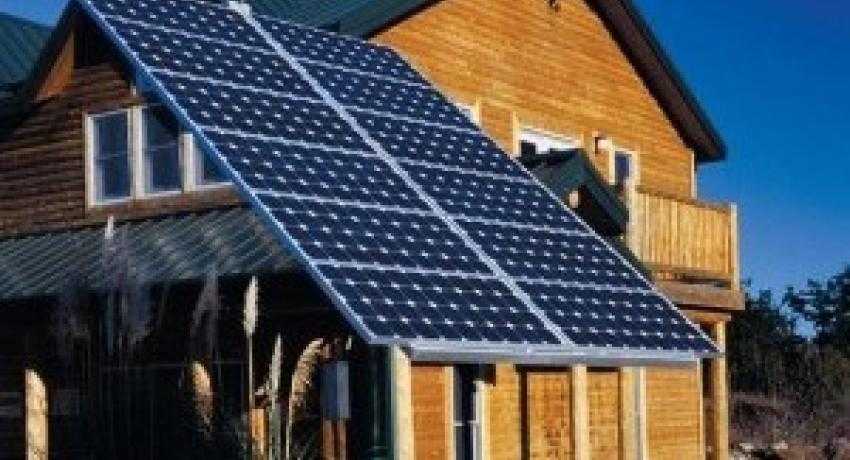Should Solar Panels Face West Instead of South?
 Facing fixed-mount solar panels west instead of south could produce more electricity during peak demand according to a new study from Pecan Street Research, which debunks the conventional wisdom that solar panels should always face south when installed on homes in the northern hemisphere.
Facing fixed-mount solar panels west instead of south could produce more electricity during peak demand according to a new study from Pecan Street Research, which debunks the conventional wisdom that solar panels should always face south when installed on homes in the northern hemisphere.
The research firm, based at the University of Texas's Austin campus, concentrates on testing and developing new technology and business models in advanced energy management systems. The company tested 50 Austin homes with solar panels, some with south-facing installations. Pecan Street used a financial incentive to convince others to install west-facing solar panels for the sake of the study, which is the first of its kind.
While advanced modeling and research used by installers suggest homeowners could lose up to 30 percent of their energy production by facing solar panels west instead of south, the Pecan Street study found otherwise.
Austin homes with west-facing solar panels produced 2 percent more electricity during the course of a normal day than homeowners with south-facing panels. Beyond that, they produced 49 percent more electricity during peak demand hours of 3 to 7pm. Homeowners with south-facing solar panels reduced their peak energy usage by 54 percent, while those with west-facing panels cut their power draws by 65 percent.
“There’s no other residential demand response tool generating 60 percent reductions,” Brewster McCracken, CEO of Pecan Street, told Green Tech Media. “Those are pretty extraordinary peak reductions.”
This research has the potential to dramatically change the residential solar market. While homeowners with east-west roof pitches have historically thought they would not be good candidates for solar, it turns out their west-facing roof could be an even better spot for solar than their neighbor’s south-facing roof. It essentially opens the solar market up to every homeowner who doesn’t have significant shading issues.
It also means homeowners might be more inclined to install west-facing solar panels - even if they do have a south-facing roof -especially if their utility offers pricing differentiation between peak demand hours and off-peak hours.
It's important to note, however, that the Austin study was conducted during the summer months. It’s hard to predict what the overall outcome of the same study would be if winter months, when the sun sets shortly after electricity demand spikes, were included.




